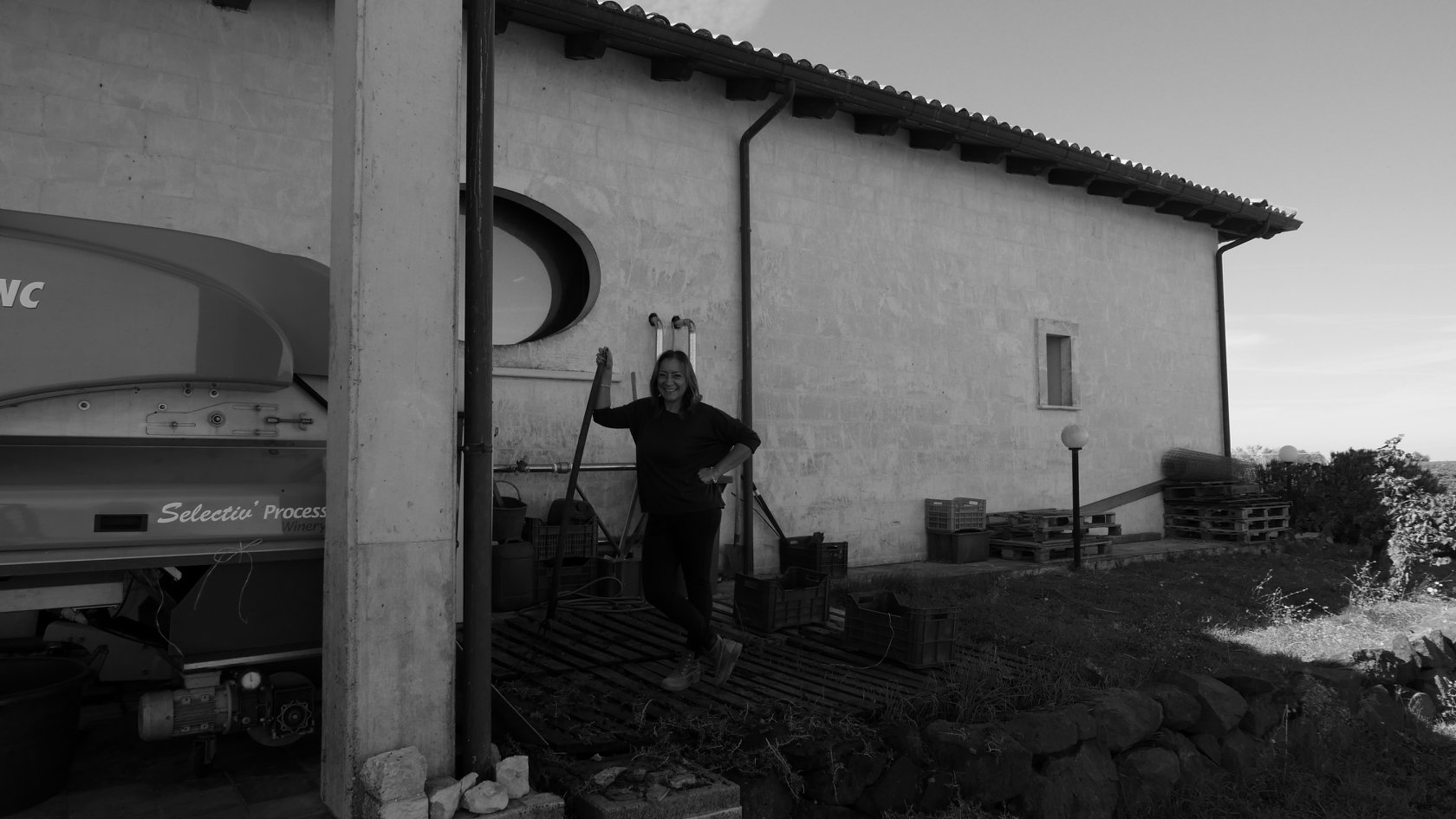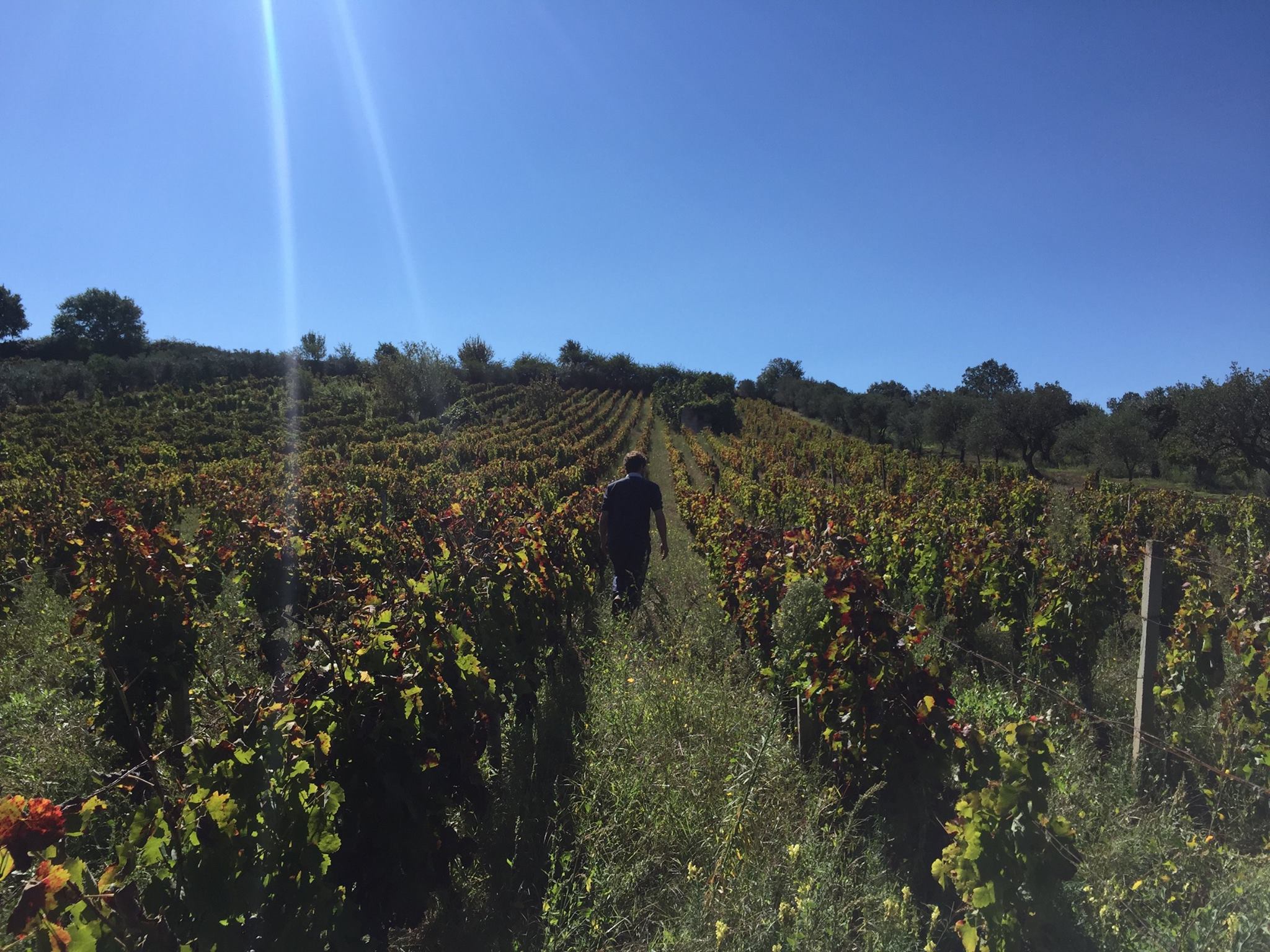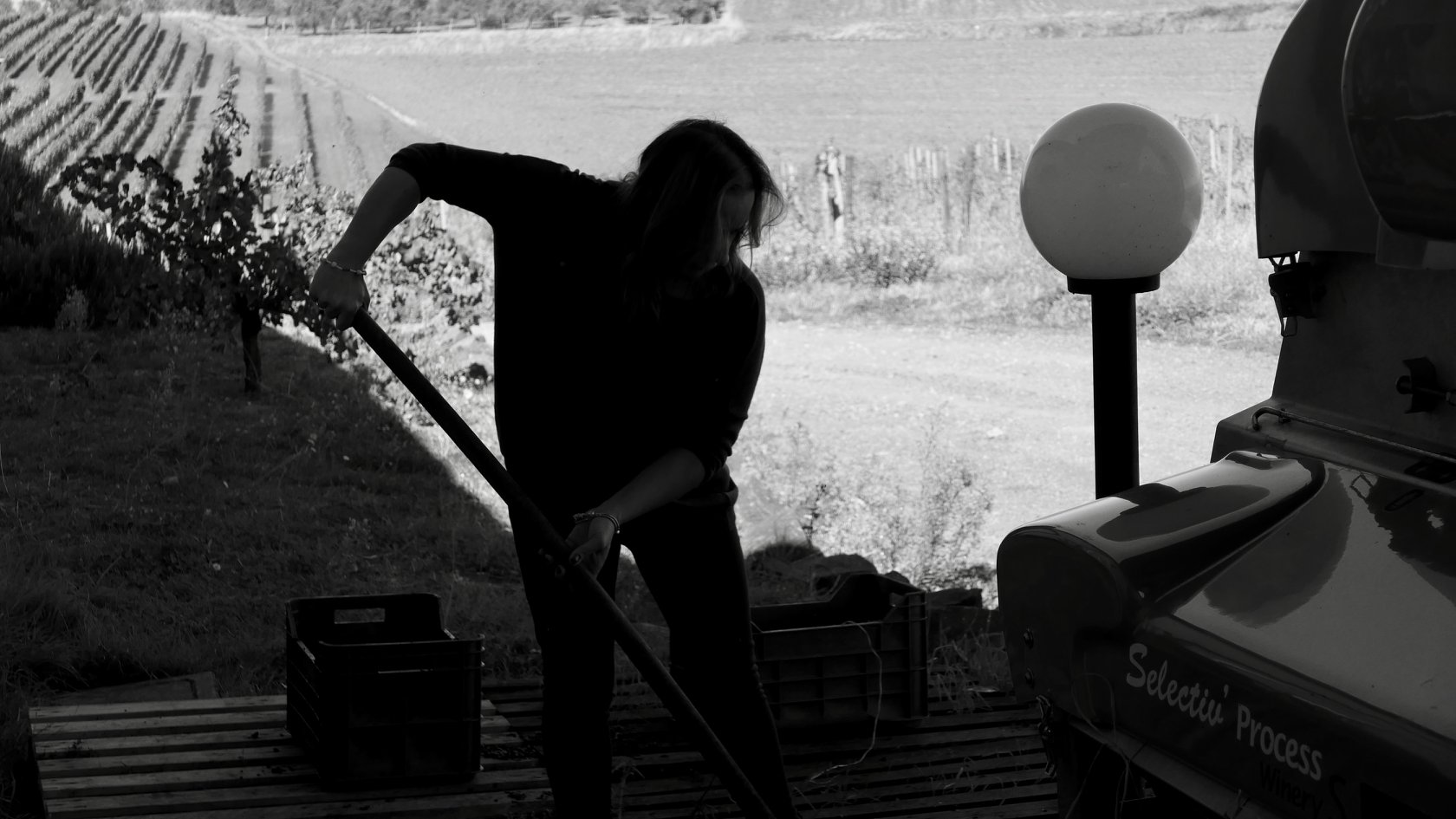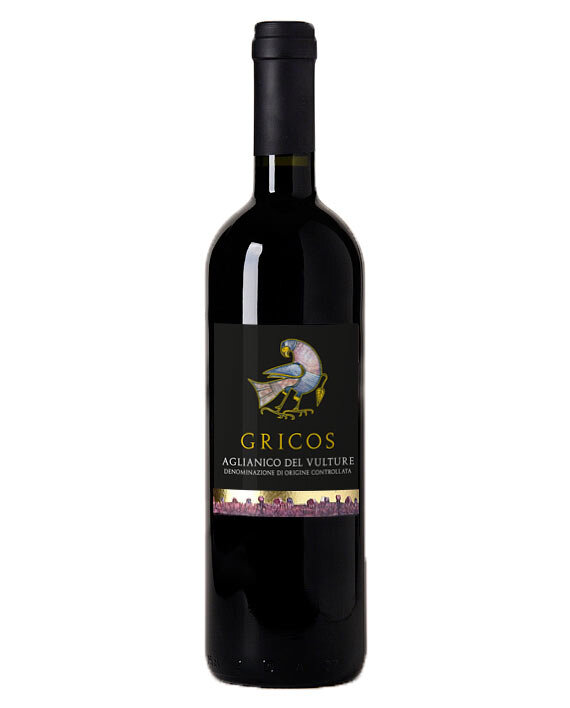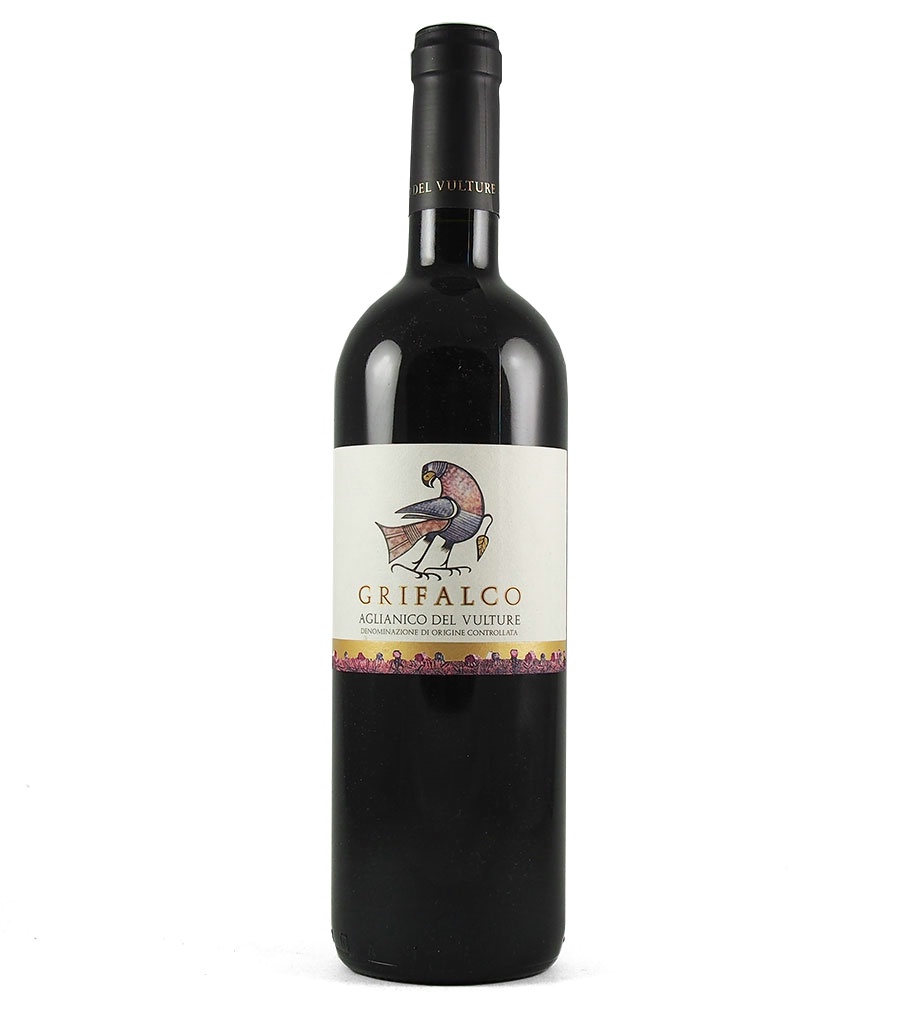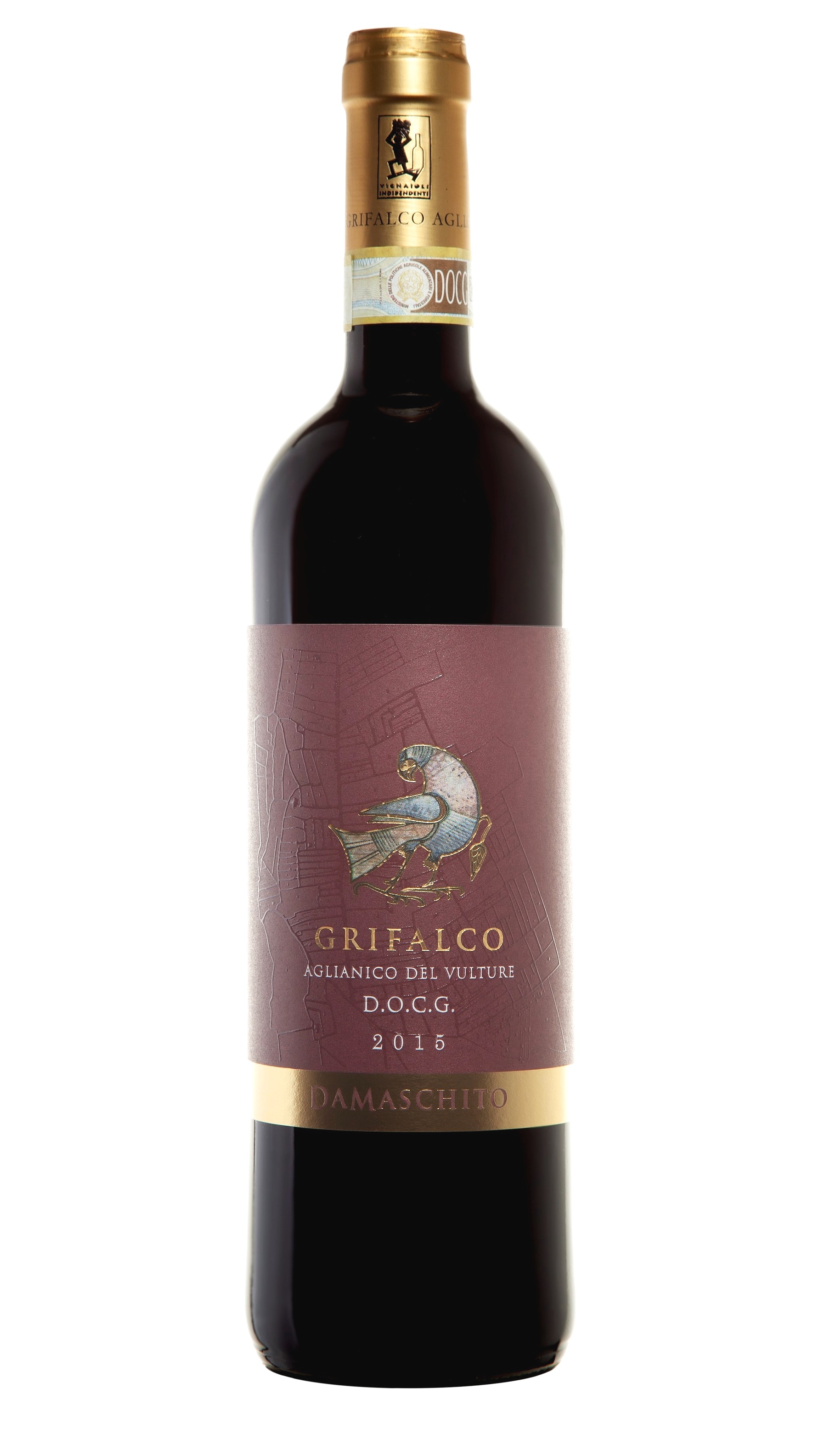After over 20 years of making wine in Tuscany, Fabrizio and Cecilia Piccin went in search of a different location with ideal conditions to begin a new winery project. They settled on Basilicata, home of the Vulture volcano and some of the most distinct and age-worthy wines in Italy, where they founded the Grifalco winery in 2004. Their sons, Lorenzo and Andrea are now continuing with the passion project their parents began. Lorenzo is a trained oenologist and oversees the winemaking, while Andrea conducts the commercial operations.
The late-ripening noble grape Aglianico is the grape of choice here, as in much of southern Italy, and in Lorenzo’s hands it yields wines of exceptional elegance. The name Grifalco is a tribute to the family’s past and present. It combines the griffin, the symbol of the Piccin’s original home of Montepulciano in Tuscany, and the falcon, symbol of Monte Vulture, their adopted home.
The 16 hectares of organically-cultivated vineyards of Grifalco are deeply rooted in the volcanic soil of Vulture on hillsides between 450 and 580 meters above sea level, with vines up to 80 years old. Each parcel is harvested and vinified separately, creating wines that stay true to their distinct terroir.
About 70,000 bottles are produced annually and made into four cuvées. The wines are vinified and aged parcel-by-parcel for one year before it is decided whether each barrel will become part of the entry-level Gricos, the flagship Grifalco, or one of the crus Damaschito or Daginestra. The winery uses a combination of Slavonian, French, and American oak as well as a proportion of stainless steel for aging. The labels of the cru wines represent the soil types of each vineyard: In the case of Damaschito, the soil is mainly sandy, with a strong presence of minerals such as iron and manganese which characterize the color of the strongly reddish soil interspersed with layers of volcanic ash. Daginestra, on the other hand, is characterized by a strong presence of volcanic ash mixed with lower percentages of limestone and clays that give the ground a gray color.


